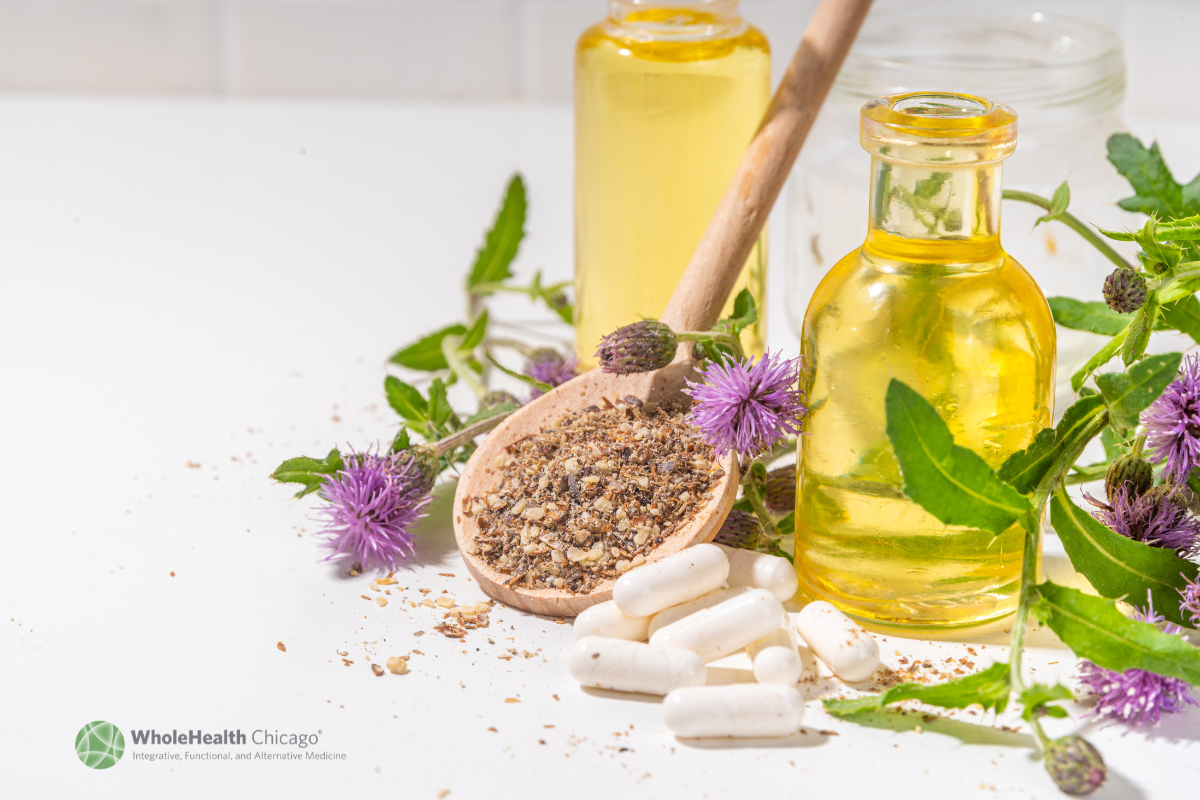Last week, when I mentioned discussing meds for pre-diabetes (HbA1c 5.7-6.4) or diabetes (6.5 and higher), I thought, “Wait a minute. Health Tip readers really don’t want meds. They do want to try lifestyle changes and herbs first.” As you may remember, your unhealthy, high carb-high sugar lifestyle is exhausting your pancreas, the source of your glucose-lowering hormone insulin.
Medicine-wise, the game plans for diabetes follow one or more of the following paths:
- If you lose weight, exercise, and reduce your carbs/sugar, your need for the extra insulin will drop and you can heal yourself.
- Many doctors start with metformin which lowers blood sugar, helps insulin work more efficiently, helps with weight loss, and is decidedly inexpensive ($4.00 a month). The time release form has the convenience of once a day dosing but averages $80 a month. The herb berberine works similarly to metformin.
- The sulfonylurea family (glipizide, glyburide) are among the oldest oral meds for diabetes and therefore quite inexpensive ($3.00 a month). They work by thrashing your pancreas to produce more insulin (picture a slavedriver screaming “More insulin!”). Although it hasn’t undergone extensive testing, the supplement Insinase appears to improve insulin output.
- There are a dozen GPP-4 inhibitors, the most commonly prescribed is Januvia which regulates your body’s own insulin production and lowers your blood sugar levels. This family is a true kick-in the face, price-wise, at $500 a month.
- Of the ten SGLT-2 inhibitors, most commonly prescribed are Jardiance and Farxiga. These work by increasing the secretion of sugar in your urine so instead of dealing with your pancreas or insulin, you simply pee out your excess sugar at $500 a month.
- The GLP-1 receptor agonists work like the GPP family but more efficiently, regulating glucose, insulin production, appetite, and very famously, weight loss. These are a molecule called peptides, a short chain of amino acids (Trulicity, Mounjaro, Ozempic), and since they cost $1,300 a month, insurance companies want you to try (and fail) on the cheaper generics first. Unbeknownst to most people, these are available generally as “semaglutides” from compounding pharmacies for about $300 a month.
- Although there are a few more oral meds for diabetes, these are generally prescribed by endocrinologists as side effects get in the way of benefits.
- Lastly, of course, is that old standby, insulin. This, like the GLP-1 molecule, is a peptide, and now in its 101st year of use. There are basically three forms of insulin, short, intermediate and long acting and different mixtures. Type 1 diabetics require insulin. All those meds I discussed don’t work for the type 1s. Type 2s start with diet and exercise, then work through one, then two or more oral meds until they reach insulin. Reasonably priced at $30 a month but all sorts of side effects including hypoglycemia (low blood sugar) and weight gain sometimes significant enough to increase heart disease risks.
With a goal of reducing or keeping you off all those meds, I’ve reviewed a lot of herbs and supplements for pre-diabetes and diabetes and recommend:
- Berberine (Xymogen) one twice a day,
- Cinndromex (Xymogen) one twice a day,
- Insinase (Metagenics) one twice a day.
Order through our apothecary website.
Be Well,
David Edelberg, MD

When you recommend three supplements are you suggesting that one or all three be taken?
Liane
Wonderful article on the use of herbs to lower blood glucose levels! I wish more people knew about these alternatives.
Sakina Husain